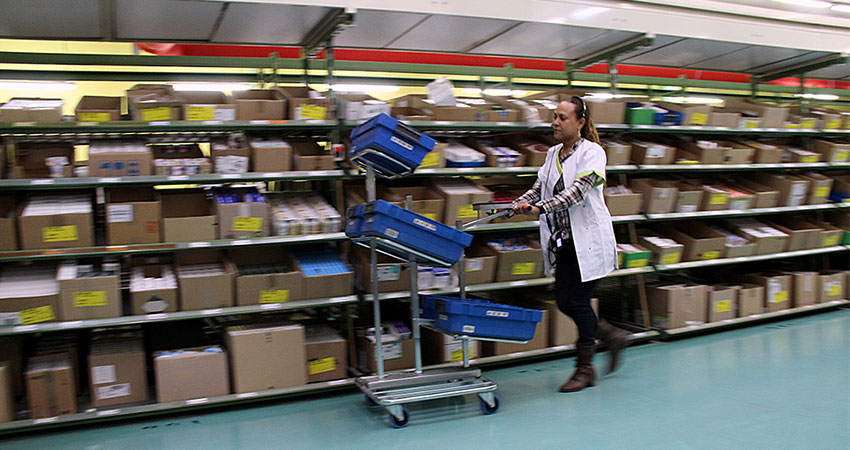Ecommerce has suddenly become the primary sales channel as a result of COVID-19 and retailers are looking for creative solutions to meet consumer demand for essential and nonessential goods. With Amazon delaying shipments of nonessential goods and limiting how much retailers can ship, getting orders to customers is harder than ever.
Supply chain issues related to COVID-19 complicate things further, but merchants are still tasked with fulfilling orders on a timely basis. This means looking into nontraditional fulfillment methods providing flexible and cost-effective solutions. For retail and ecommerce companies struggling with over-forecast demand, where can they go?
The Rise of Popup FCs
Popup fulfillment centers are one option that can remove significant friction and get goods to customers quickly. They are smaller facilities that can be set up in various locations on a temporary basis, placing inventory closer to customers. Traditional fulfillment strategies often are aligned with costly rollouts and long-term commitments.
Popups, on the other hand, offer the flexibility to quickly and cost effectively stand up an FC operation in a high demand location. This focus on regional fulfillment is crucial in the face of COVID-19, shortening the supply chain and delivery timeframes by strategically positioning inventory and routing orders more efficiently.
Popup fulfillment centers can be a win-win for brands and consumers. Shoppers are not concerned with what happens behind the curtain; they just want timely delivery, especially now with ecommerce dominating retail. Case in point: a recent report from PWC shows 62% of consumers expect orders to be delivered within two days of purchase.
Having multiple points of presence ensures business continuity and decreases any lag in fulfillment times. For specific essential goods, speed of delivery is vital. Leveraging pop-up FCs alleviates peak volumes in concentrated geographies and takes the pressure off primary facilities. This is a cost-effective way to meet consumer demand in non-typical situations like our current one.
Not a New Trend
While an exciting strategy, popup FCs are not a new solution. Micro-fulfillment has been an existing option for a few different use cases. Primarily, it has provided peak relief, particularly around the holiday season. Brands leverage this strategy to divert volume away from primary FCs and ensure business continuity despite heavy volume.
If you’re looking to break into a new region or need to have product handy for event support, the low-cost, temporary solution of a popup fulfillment center is ideal. It’s easy to spot the parallels between these scenarios and our current COVID-19 landscape.
Cleaning Up Issues in Last-Mile Delivery
Last-mile delivery is one of the most important segments of the supply chain, and the most customer-facing one. However, it’s often a very costly, inefficient leg. Experts say last-mile delivery represents over half the total shipment cost. Coupled with unanticipated factors due to COVID-19, streamlining the last mile is quite the conundrum for retailers.
Popup fulfillment centers create smarter supply chains, transforming last-mile delivery via decentralized facilities, reducing costs and speeding up delivery for customers.
Originally used as a tactic to weather peak season volume, we’re now seeing popup FCs emerge as a go-to resource for brands, enabling them to meet current consumer demand that can be 2x, 3x or more over their forecast.
By helping brands get products closer to their final delivery station, popup fulfillment ensures efficient last-mile delivery that keeps customers happy. It pays dividends for both brands and shoppers and will prove valuable in the midst of COVID-19’s impact and beyond.
Zach Thomann Is EVP and general manager at PFSweb

